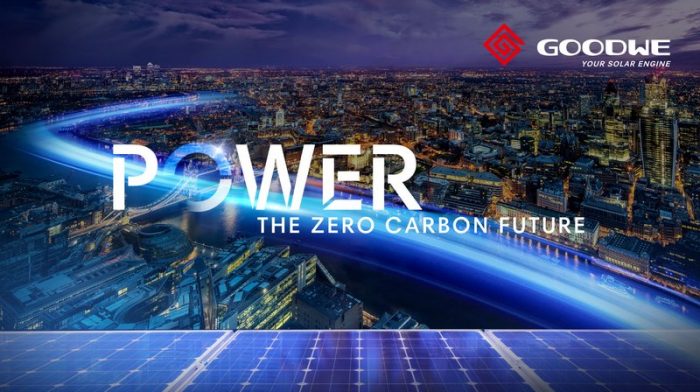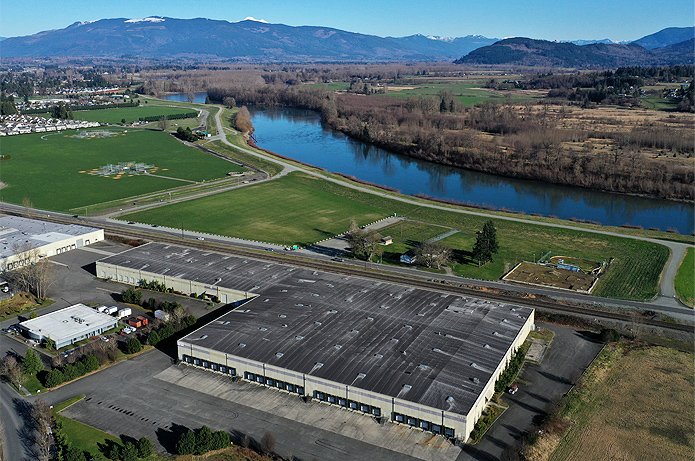GoodWe reports impressive energy storage inverter sales in 2021 Semi-Annual Report

GoodWe’s recently released 2021 Semi-Annual Report shows the strengthening trends growing around both renewable energy generation and industrial energy storage. In the first half of the year, GoodWe shipped nearly 217,500 units of its grid-connected PV inverters to markets across the globe, accounting for 66% of the annual shipments in 2020 (which totaled 330,000 units).
In the fast-emerging segment of energy storage Power Conversion Systems (PCS), GoodWe made shipments of about 21,000 units in the first half of the year — coming to almost the same as the previous year’s total annual shipments (22,300 units). This not only proves that the GoodWe’s penetration of energy storage inverter market is rapidly increasing, but it also indicates how GoodWe has been able to retain its lead in the residential energy storage inverters market amidst fierce competition.
Expanding in PV
Financial data for the first half of the year shows that GoodWe achieved a revenue of $168 million, a net profit attributable to the parent company of $23.7 million, and a net profit after deduction of $22 million, constituting a 26.66% year-on-year increase.
GoodWe has chiefly taken PV inverters and smart energy solutions (including energy storage inverters) as its entry point into the highly competitive global markets of PV and other renewable energy generation solutions. Thus far, GoodWe has been successful in being able to continuously gain more market share and higher dividends.
Distributed PV systems are one of GoodWe’s core competencies, but it is understood that GoodWe is also launching an “offensive” into the large-scale ground-mounted power plant market. Its HT 1500V high-power inverter along with high-current modules have been applied on many ground projects across the globe. The Semi-Annual Report shows that the company’s string inverters currently cover a power range of 0.7–250 kW, making them capable of fully meeting the energy needs of residential, industrial and commercial operations, as well as large-scale ground power stations. They are able to meet the requirements of various types of PV modules and grid connections, and can deliver stable and efficient performance in various natural environments, including those that are high and low temperature, high altitude, windy, sandy, or environments with sea or salt spray.
Energy storage progress
Although energy storage inverters accounted for only 8.81% of GoodWe’s total inverter shipments in the first half of this year, their performance is still expected to grow, both for the company and capital markets. GoodWe cites Germany in 2019 as an example. The costs of PV storage and PV energy were 15.9 Euro cents/kWh and 9.6 Euro cents/kWh, respectively. The residential electricity price was 30.5 Euro cents/kWh, and the cost of PV storage and PV energy costs are 52% and 31% of residential electricity prices, respectively. With the decline in the cost of optical storage, in the future, the “scissor gap” between the residential electricity price and the optical storage LCOE will further increase, which will promote the increase of residential demand.
According to data from SolarPower Europe, in 2019, European residential-side energy storage installed capacity was 744 MWh (a year-on-year increase of 56.4%). As of the end of 2019, the cumulative residential-side energy storage installed capacity was nearly 2 GWh, corresponding to the European residential PV storage penetration rate of about 7% at the end of 2019. It is estimated that 90% of buildings in Europe do not currently have rooftop PV installations. Extrapolations of the current installation situation show that the total European household PV storage space is 285 GWh, and the demand space is considerable.
Thanks to the strategic market positioning of its PV and energy storage inverters, GoodWe has also successfully managed to enter the energy storage lithium battery space, launching a variety of energy storage lithium battery systems that are suitable for residential, commercial, and industrial use. From an industry perspective, the market for this product line is poised to grow incrementally, and may be larger than that of inverters, making this a very interesting development that is certainly worth watching closely.





Comments are closed here.